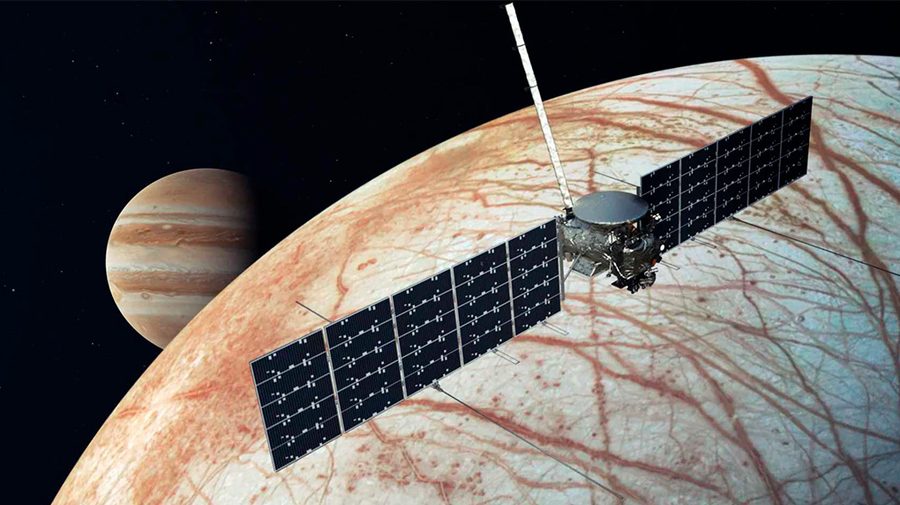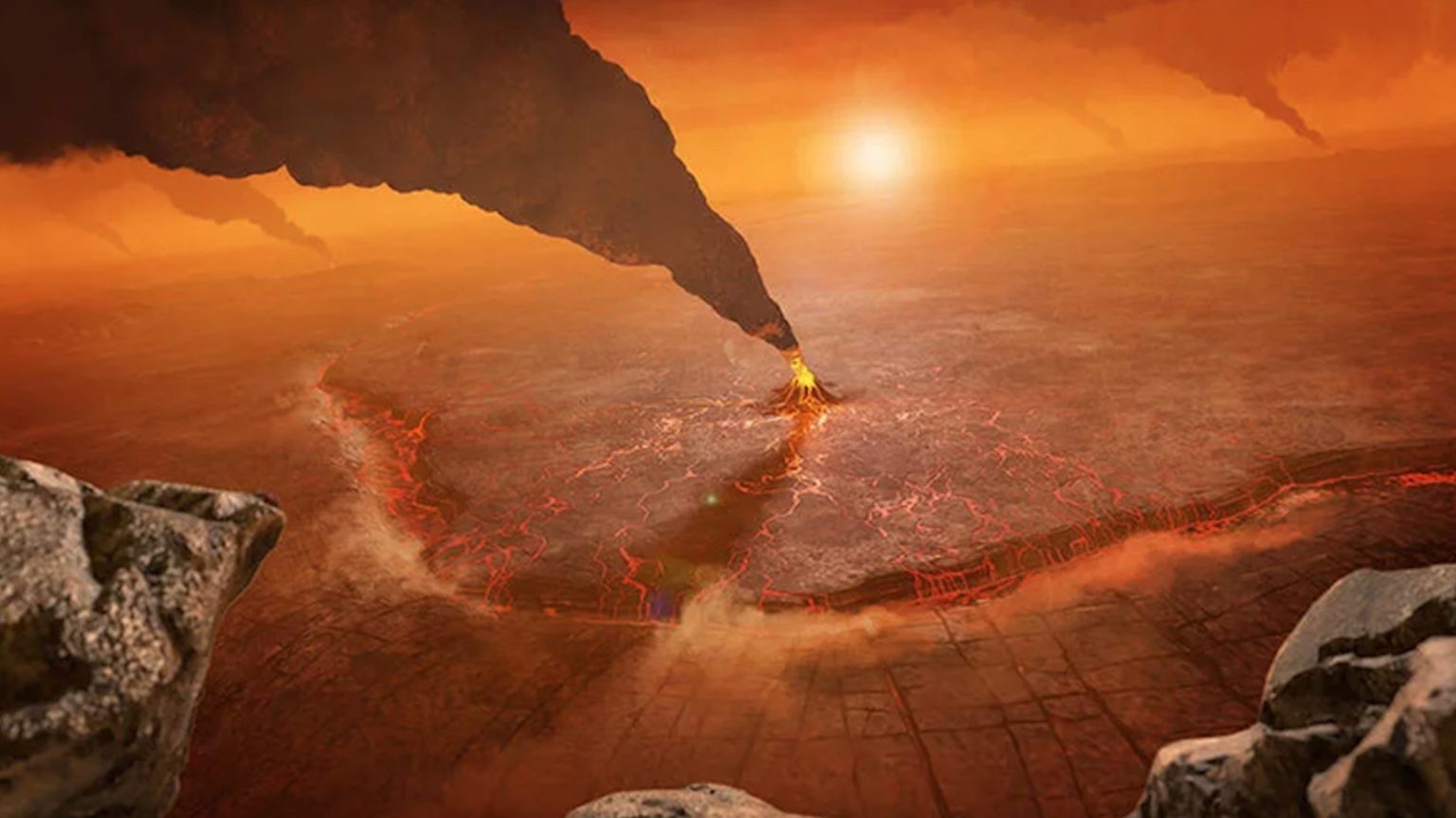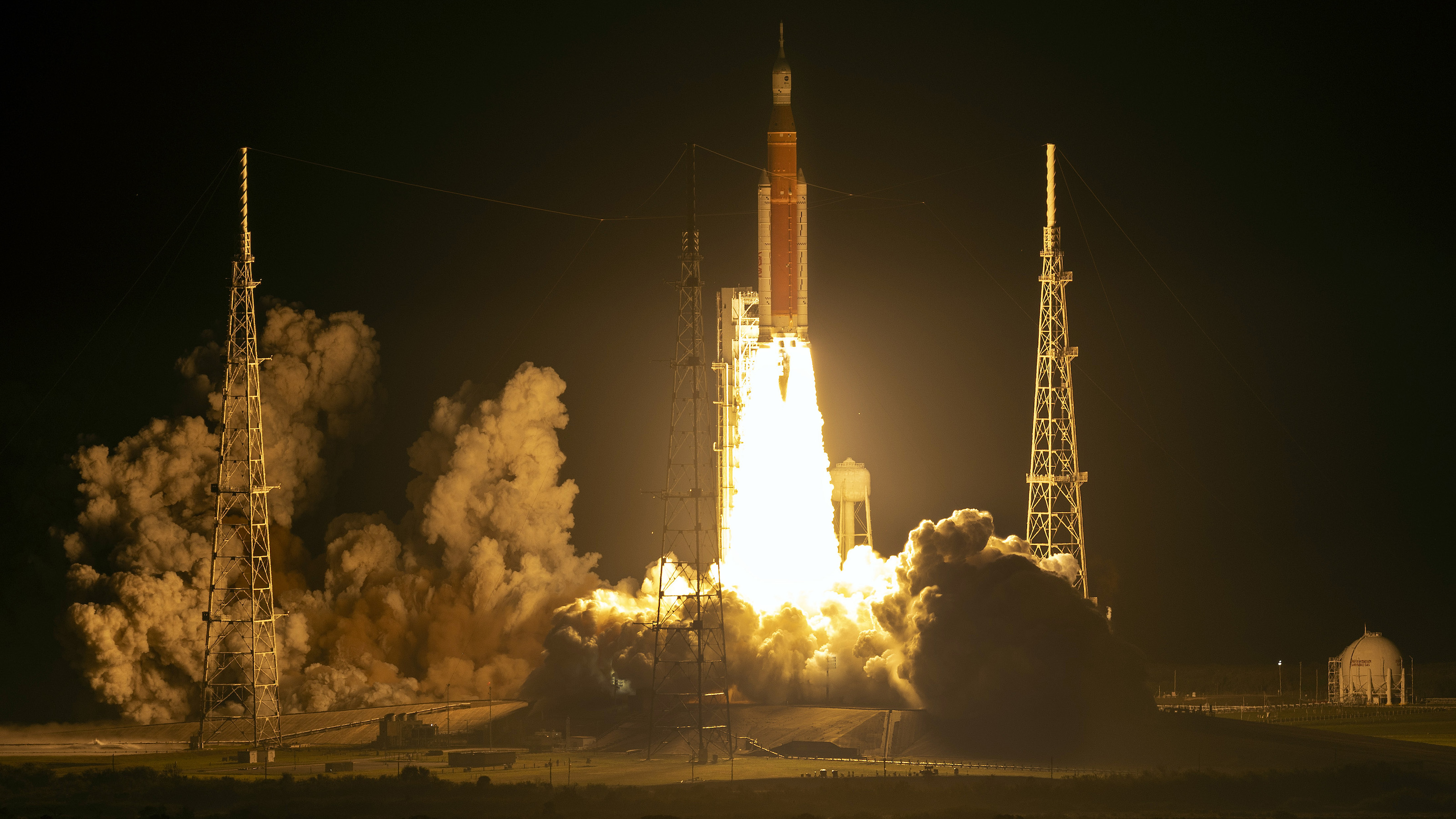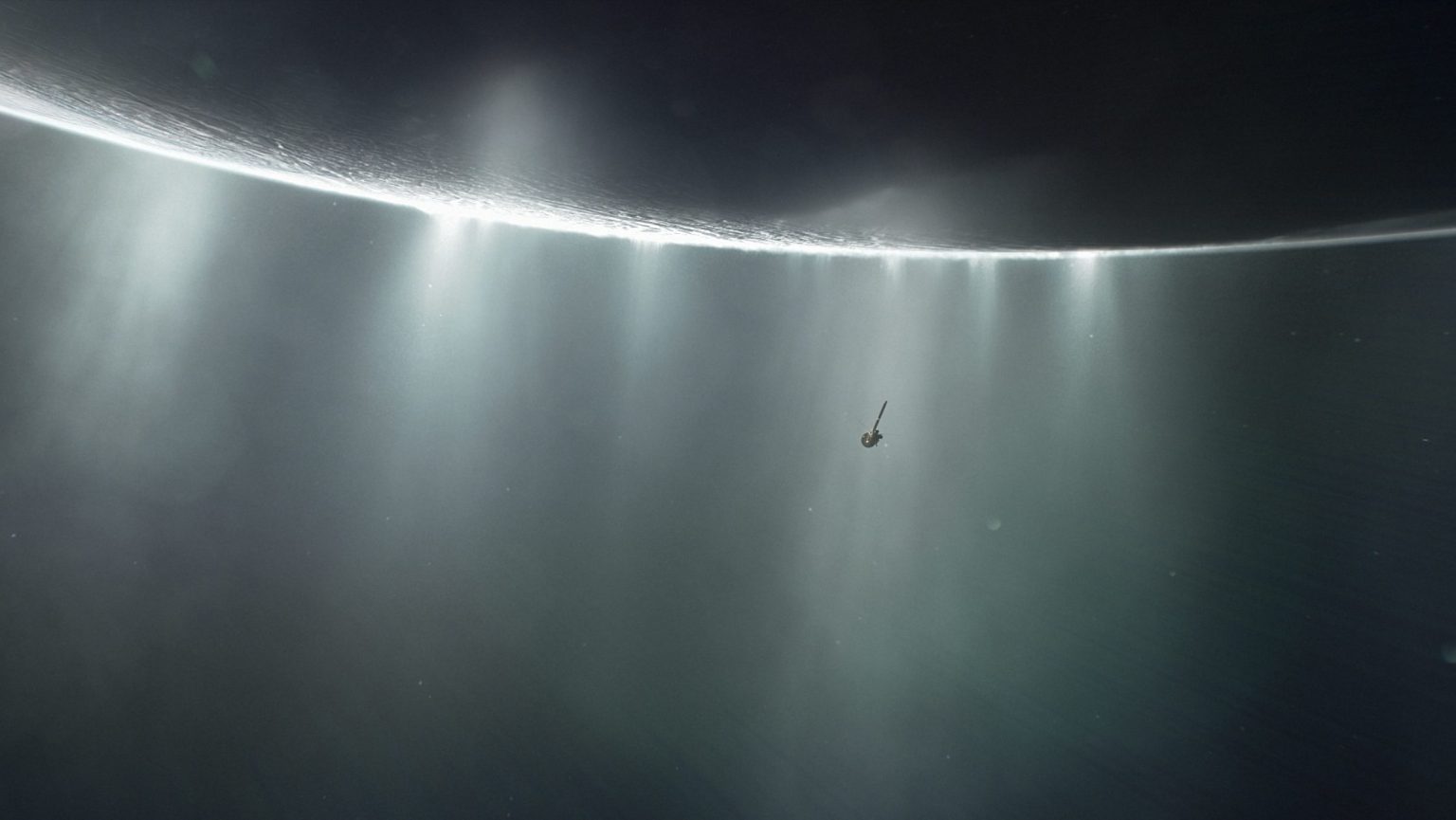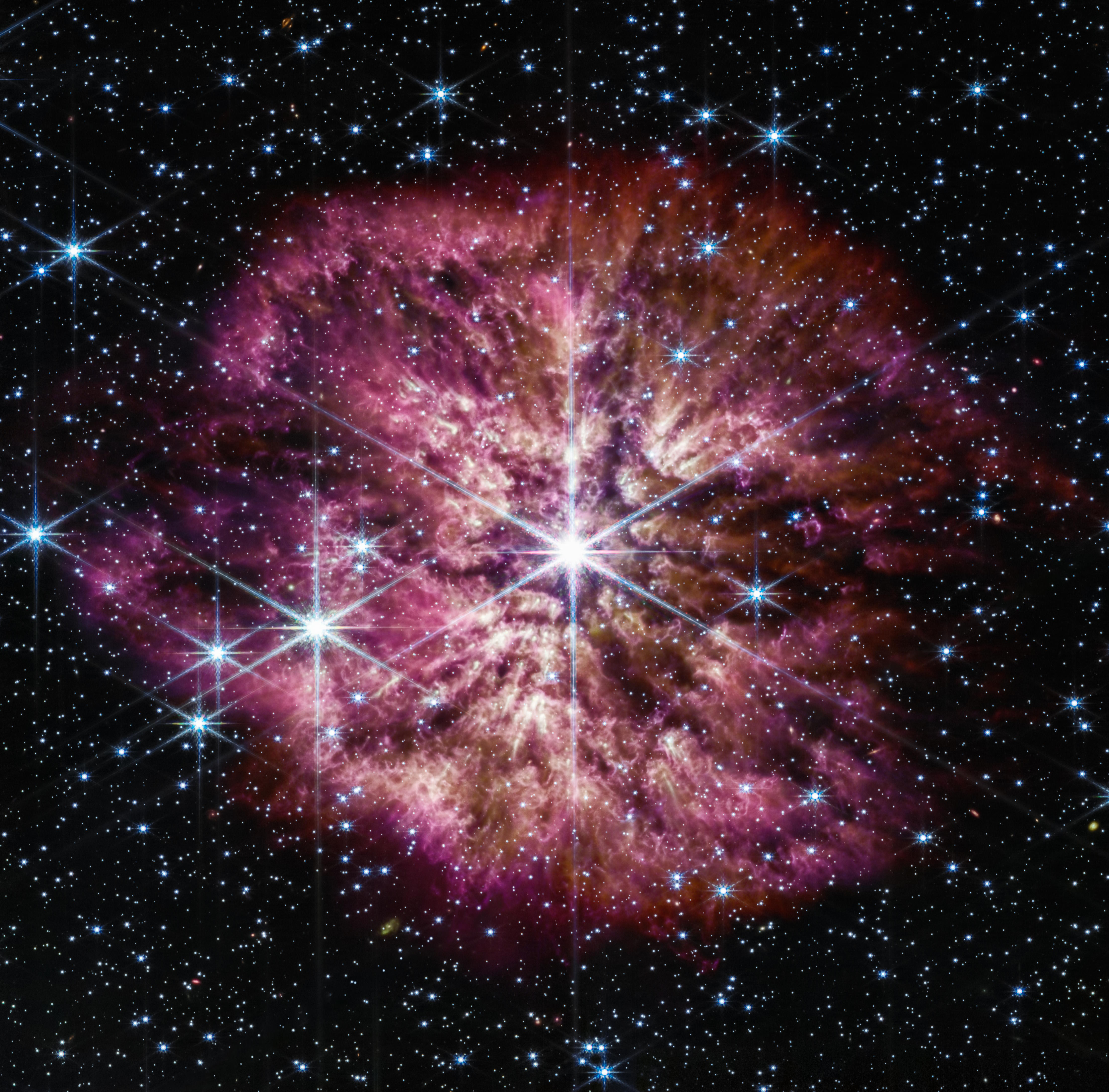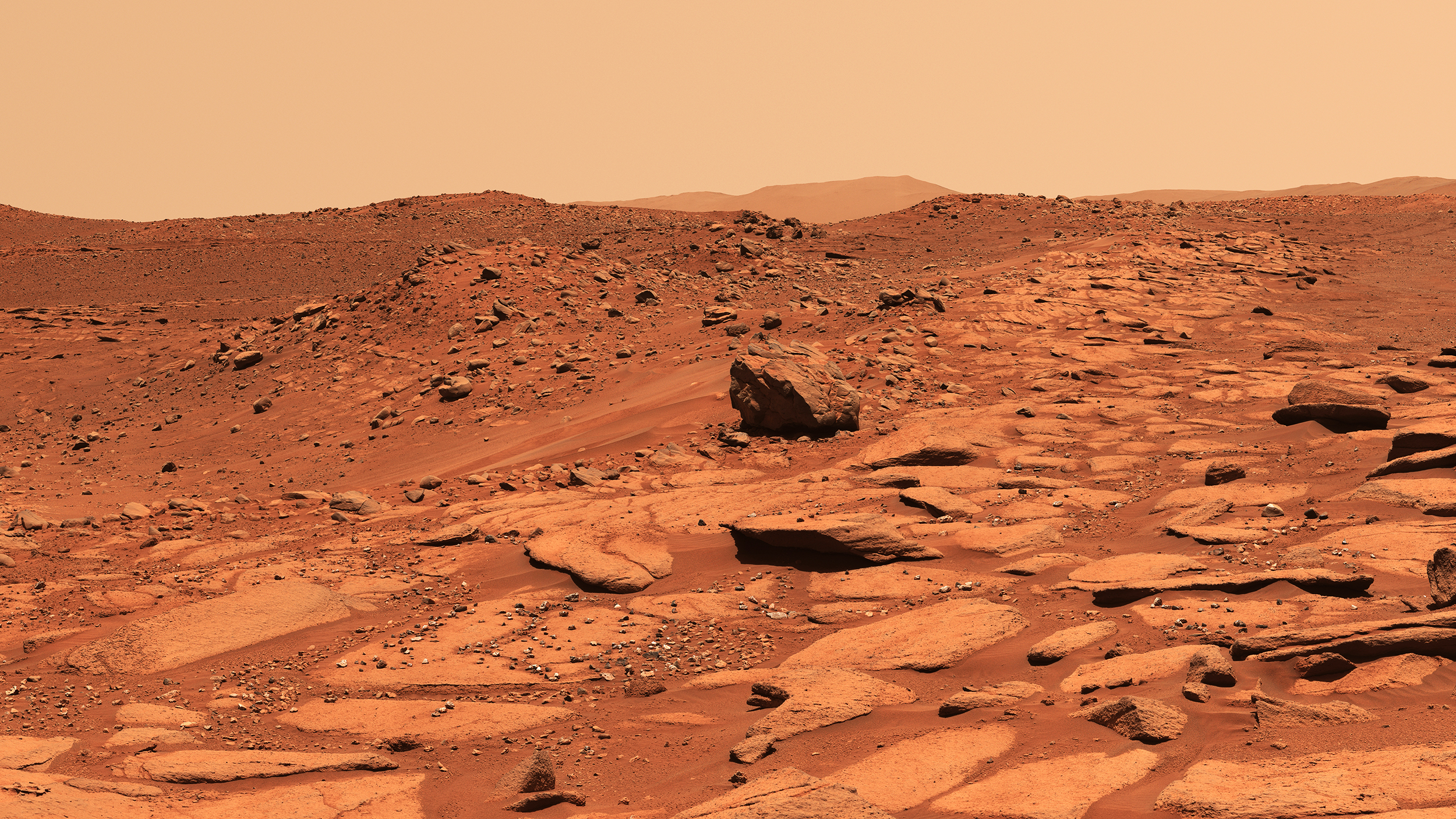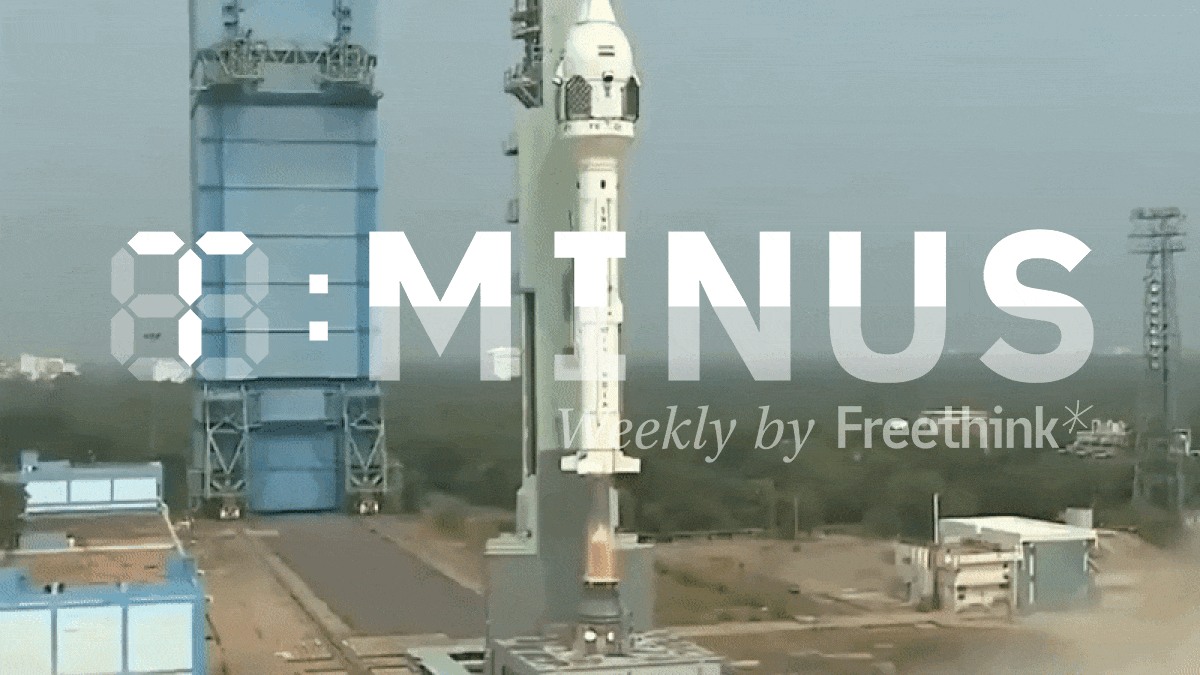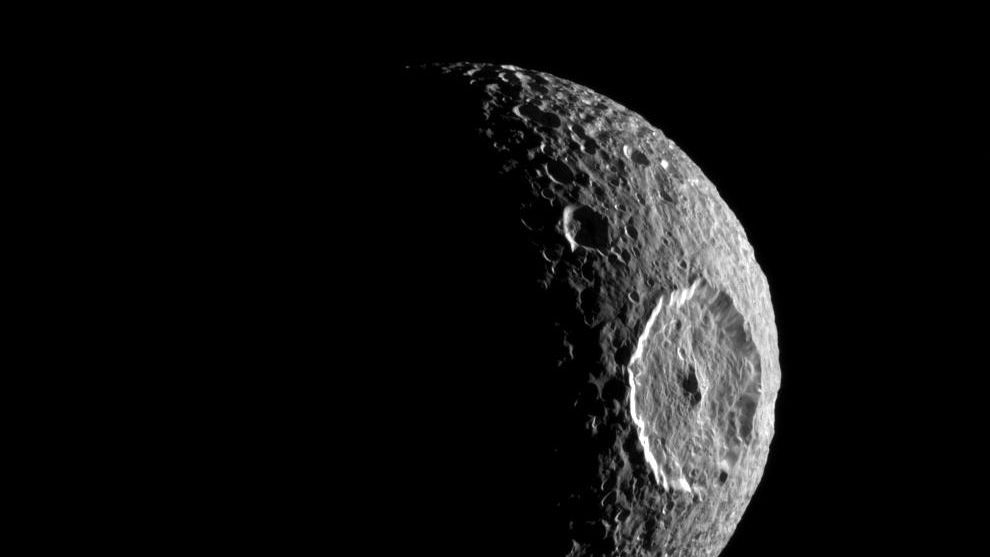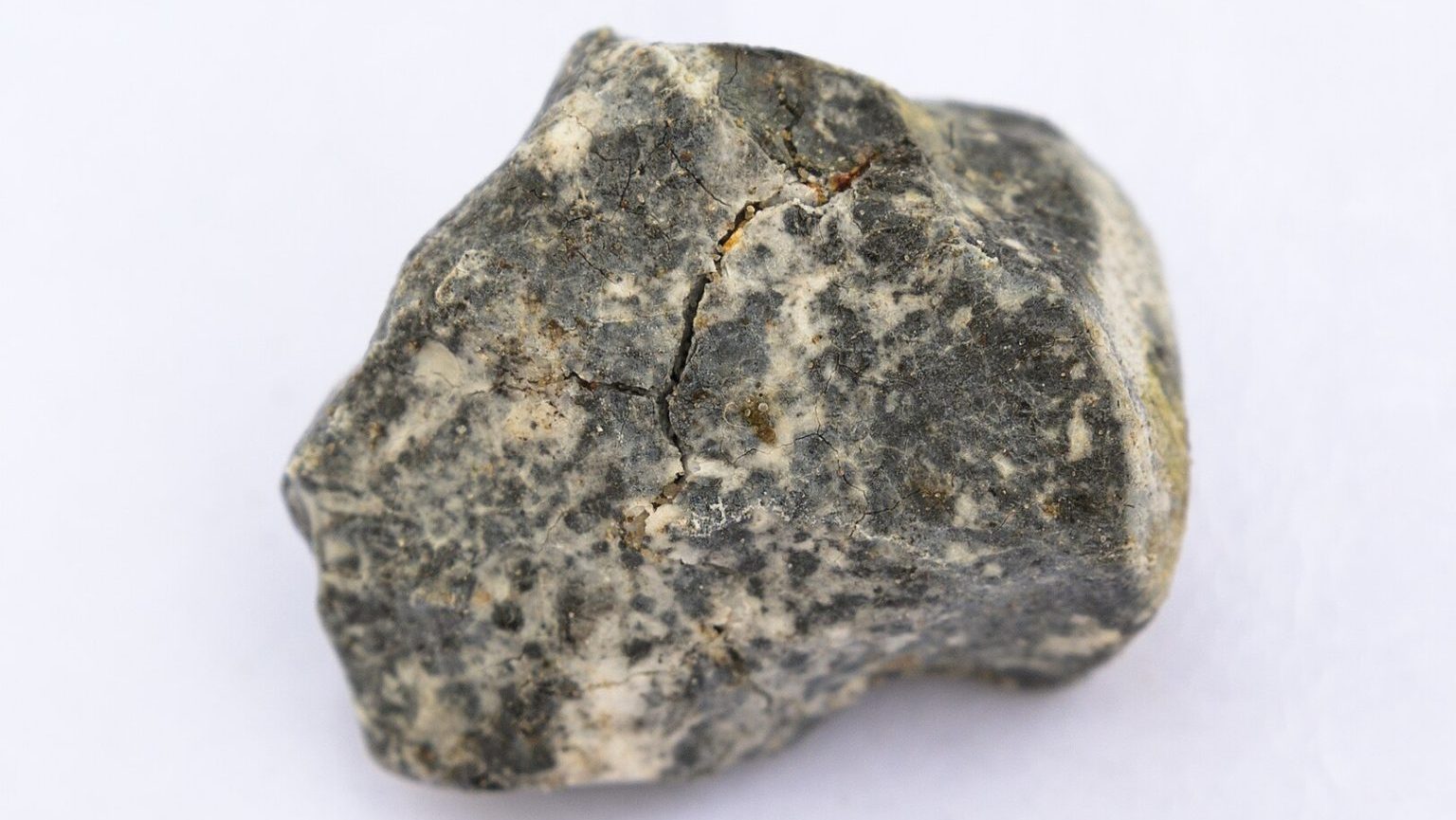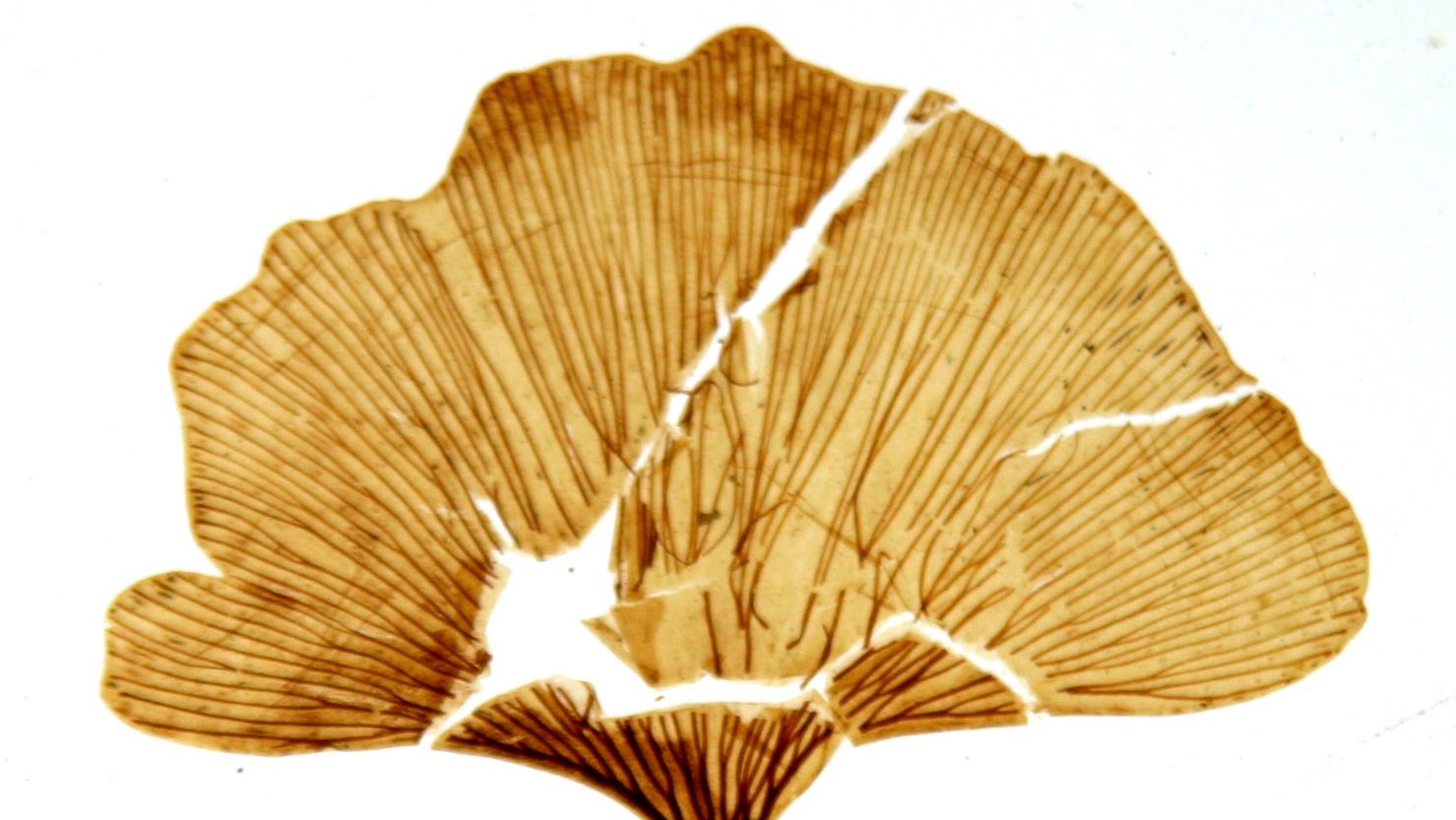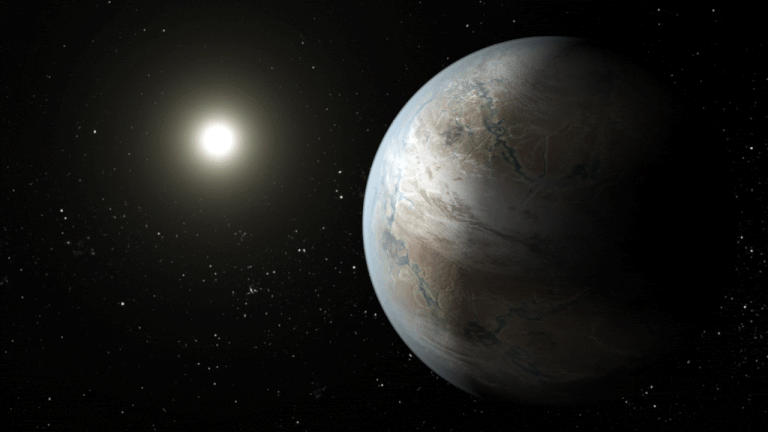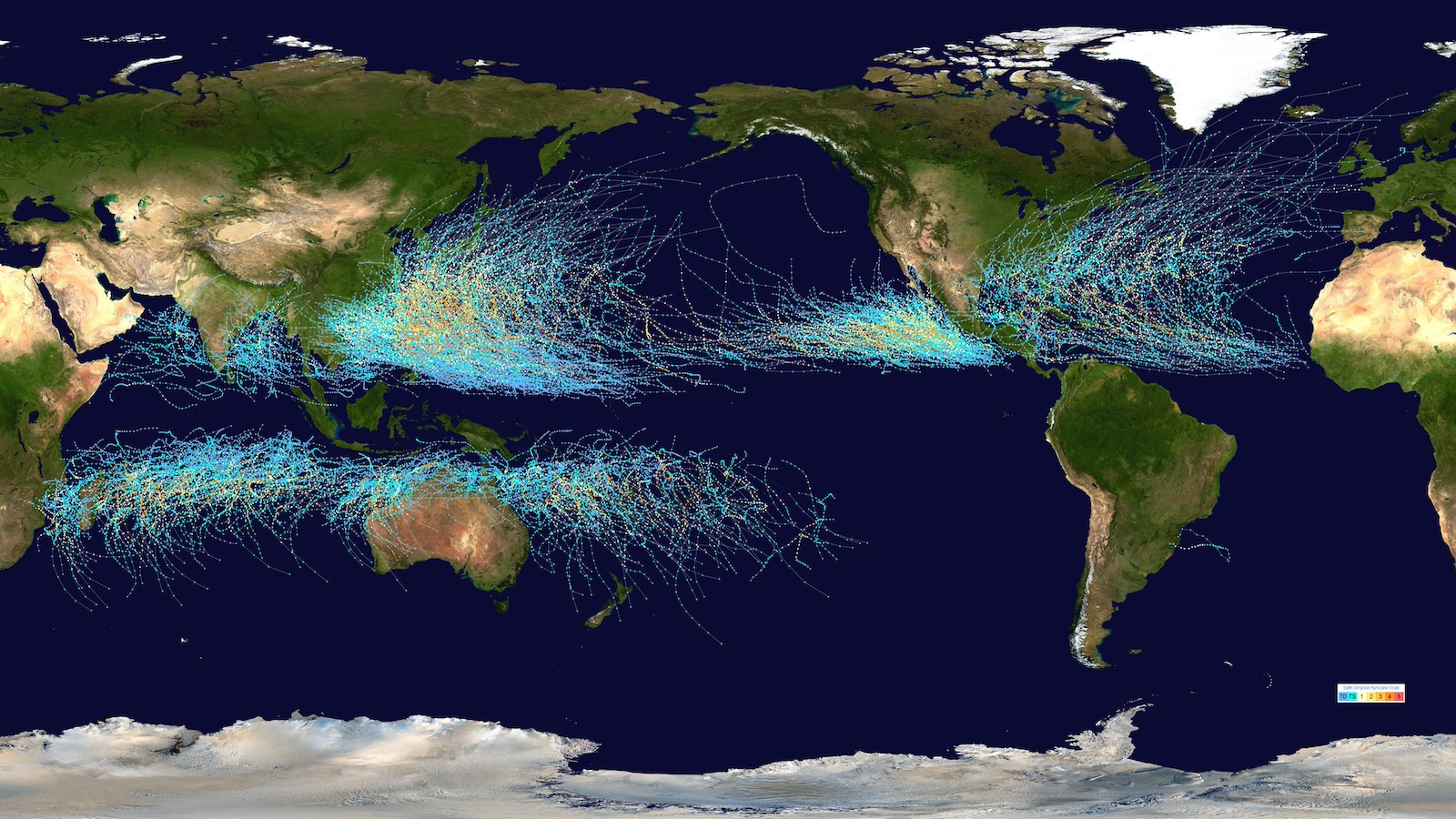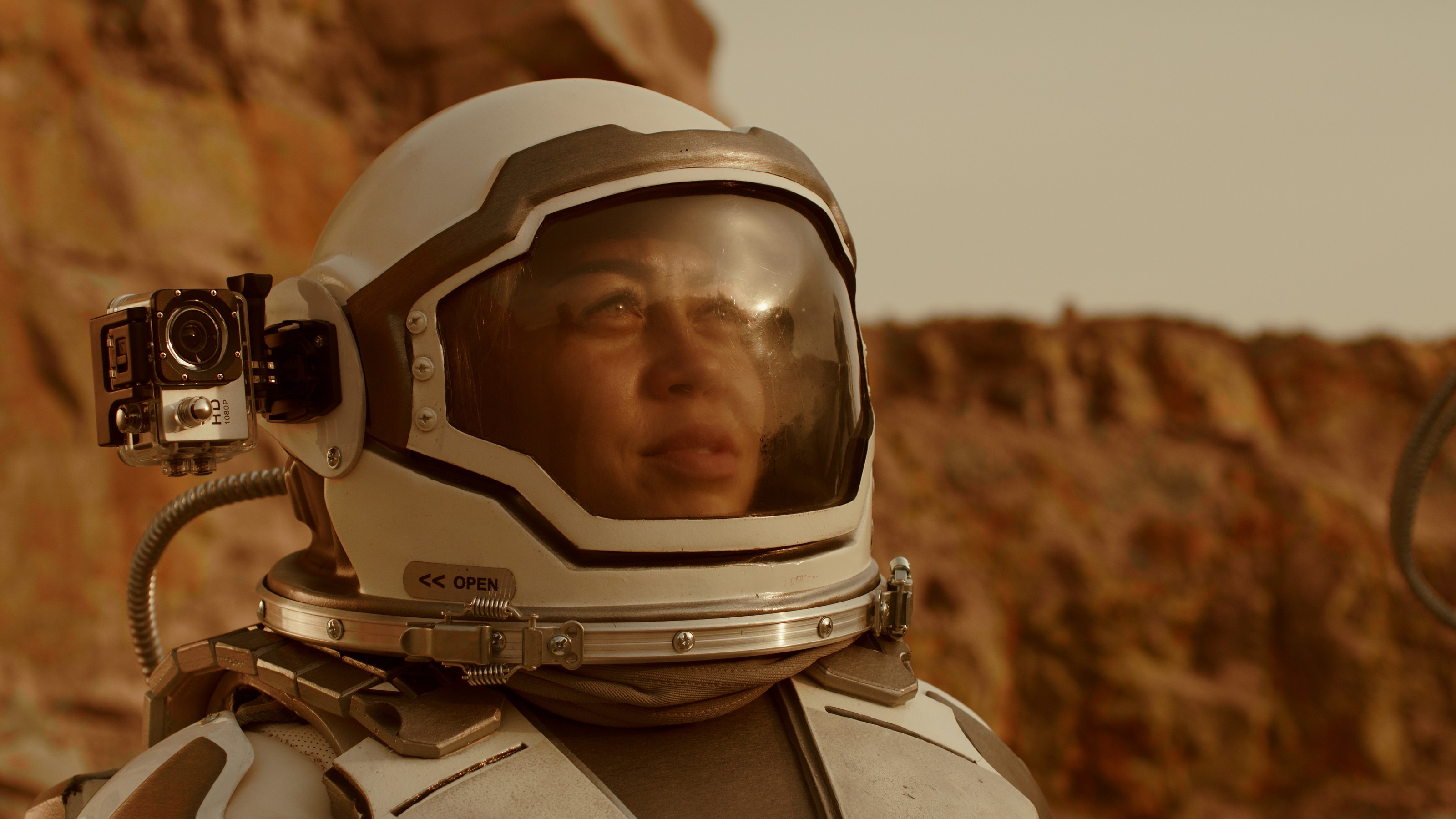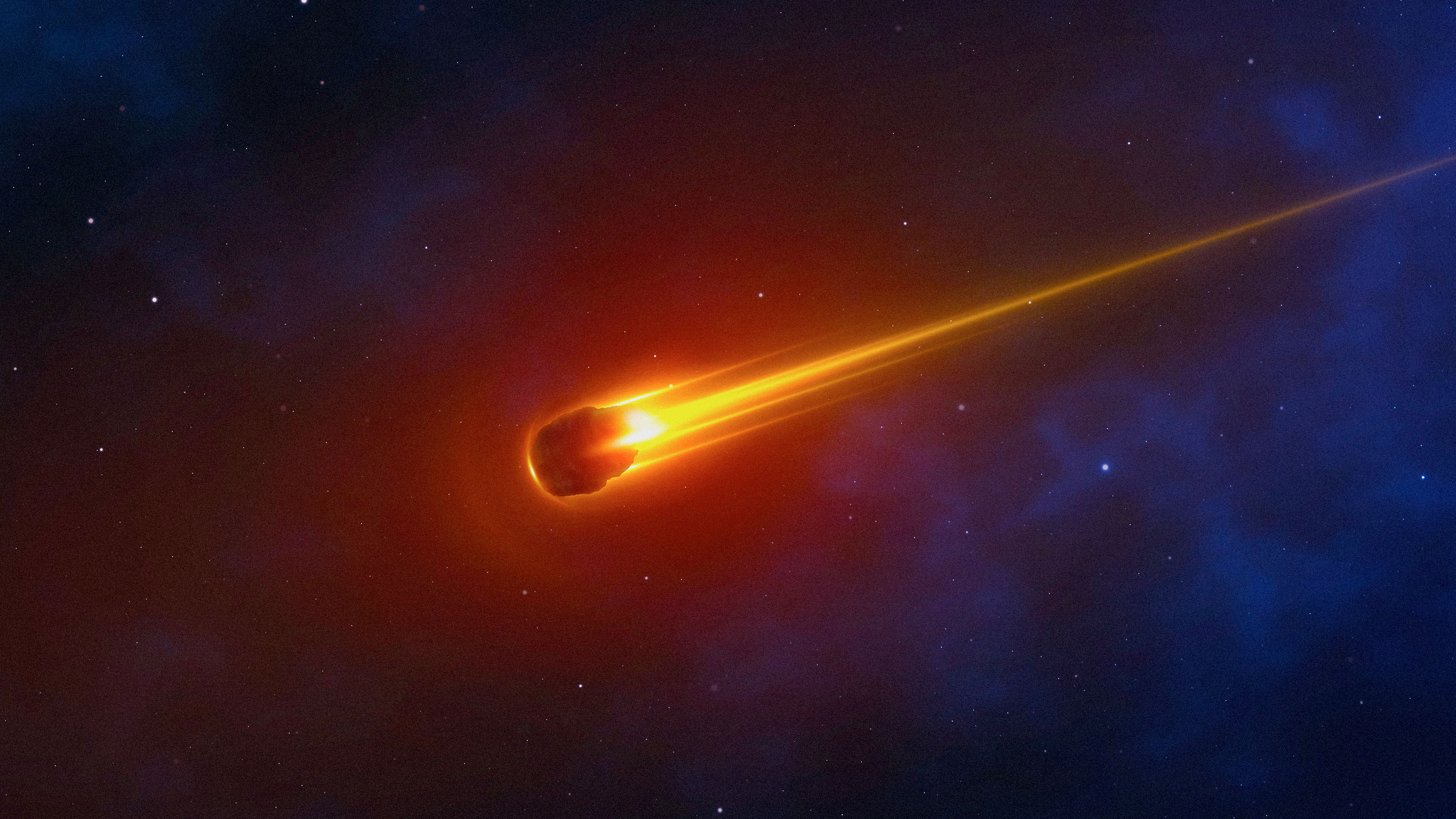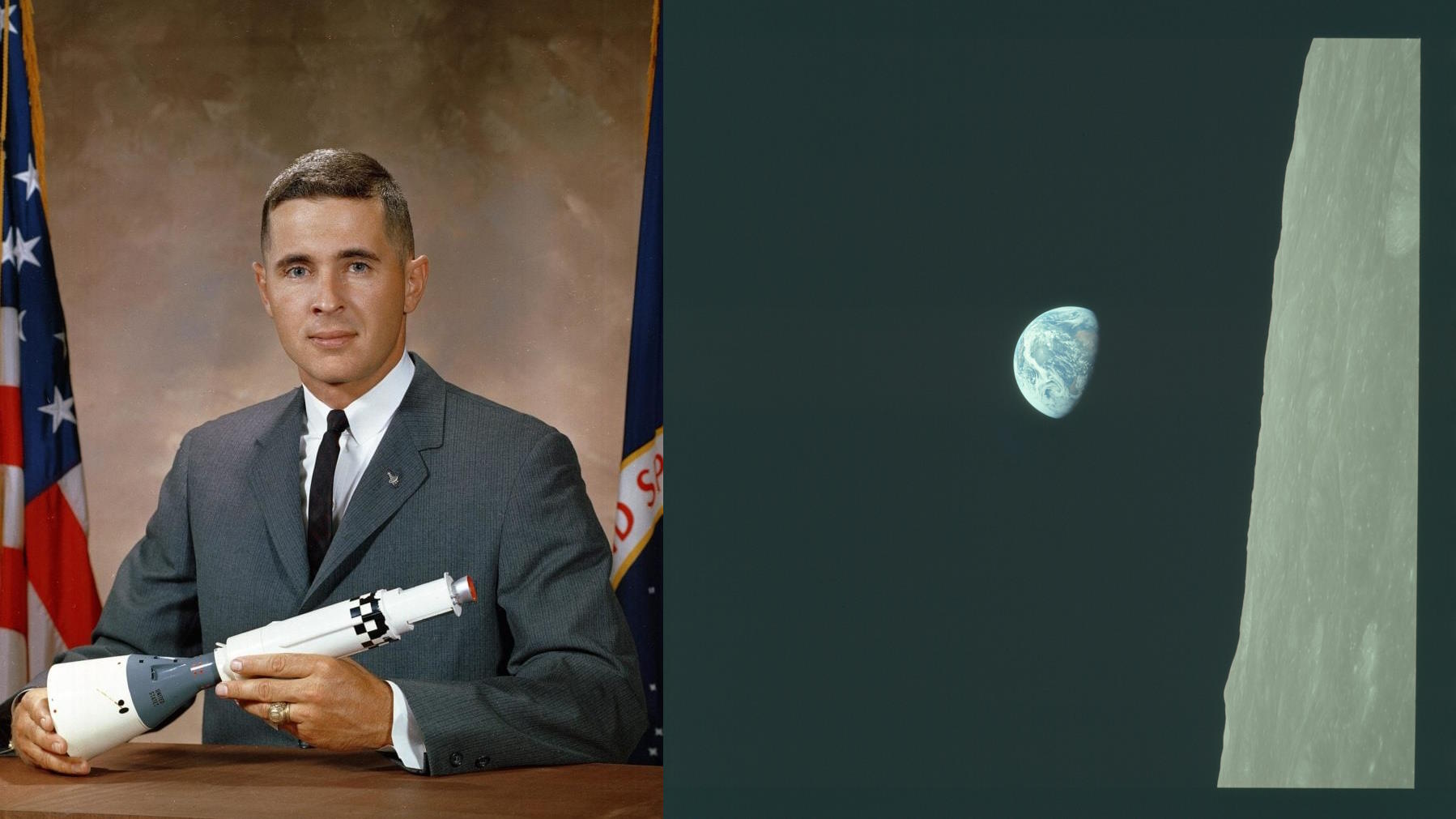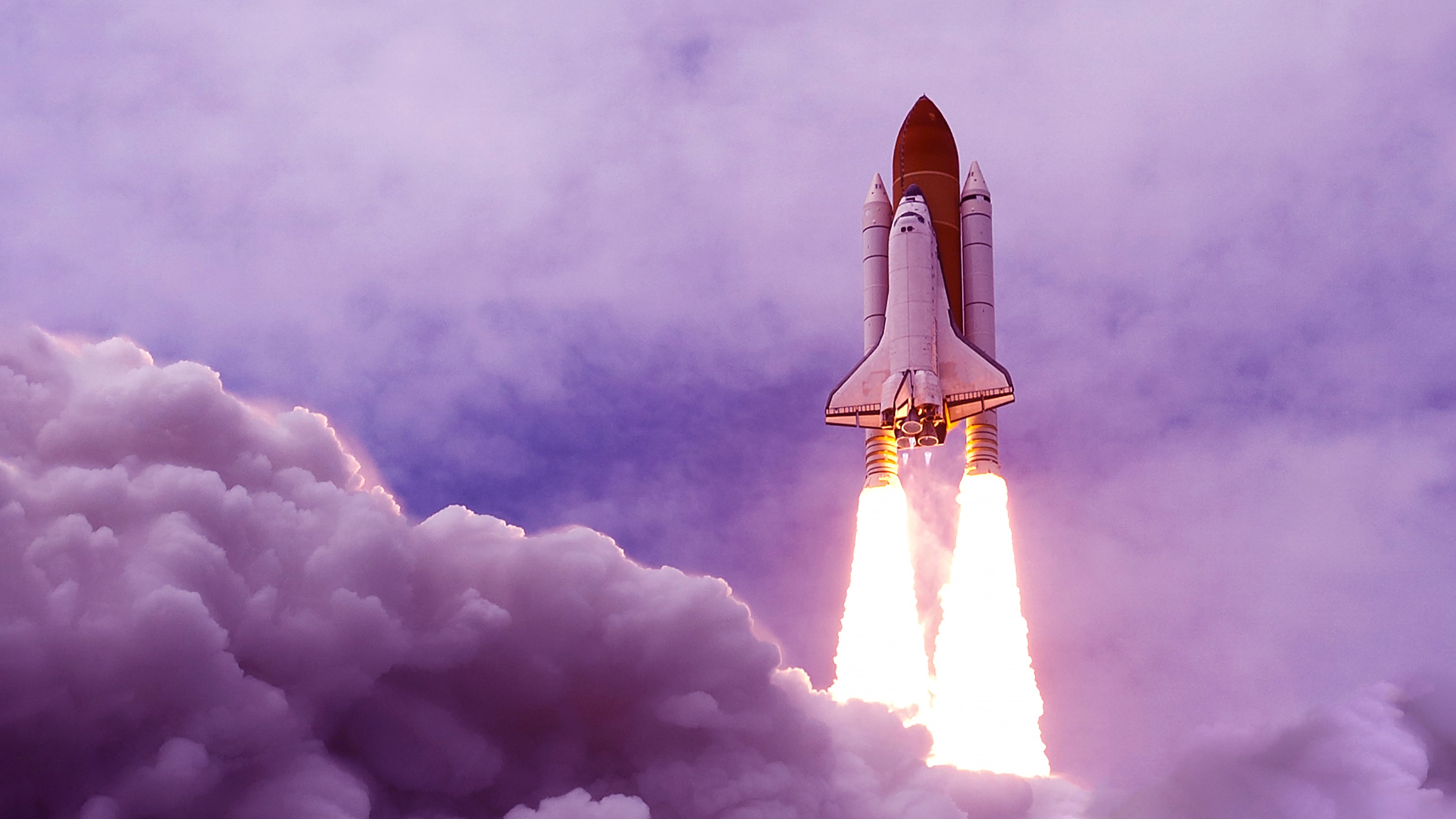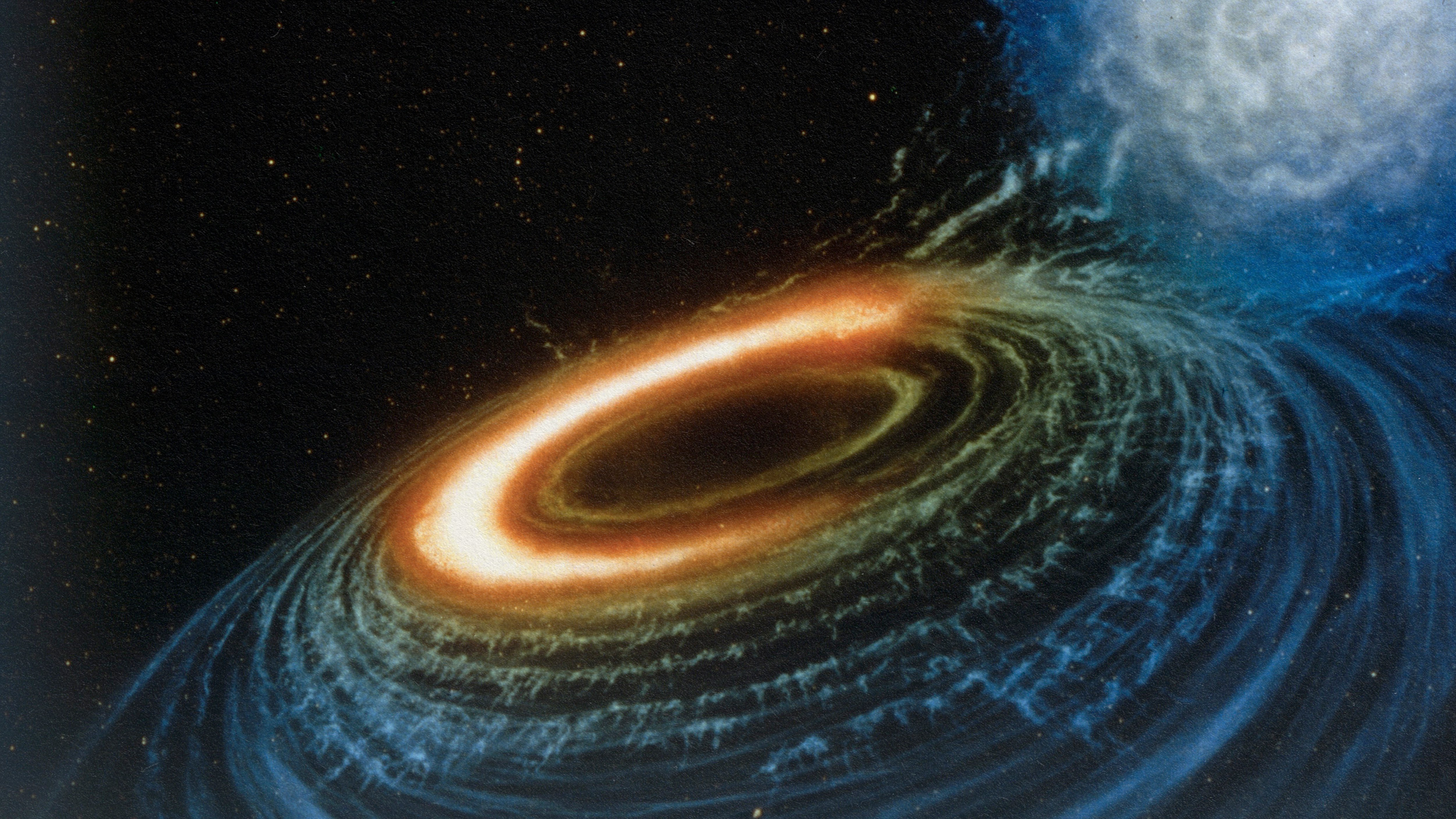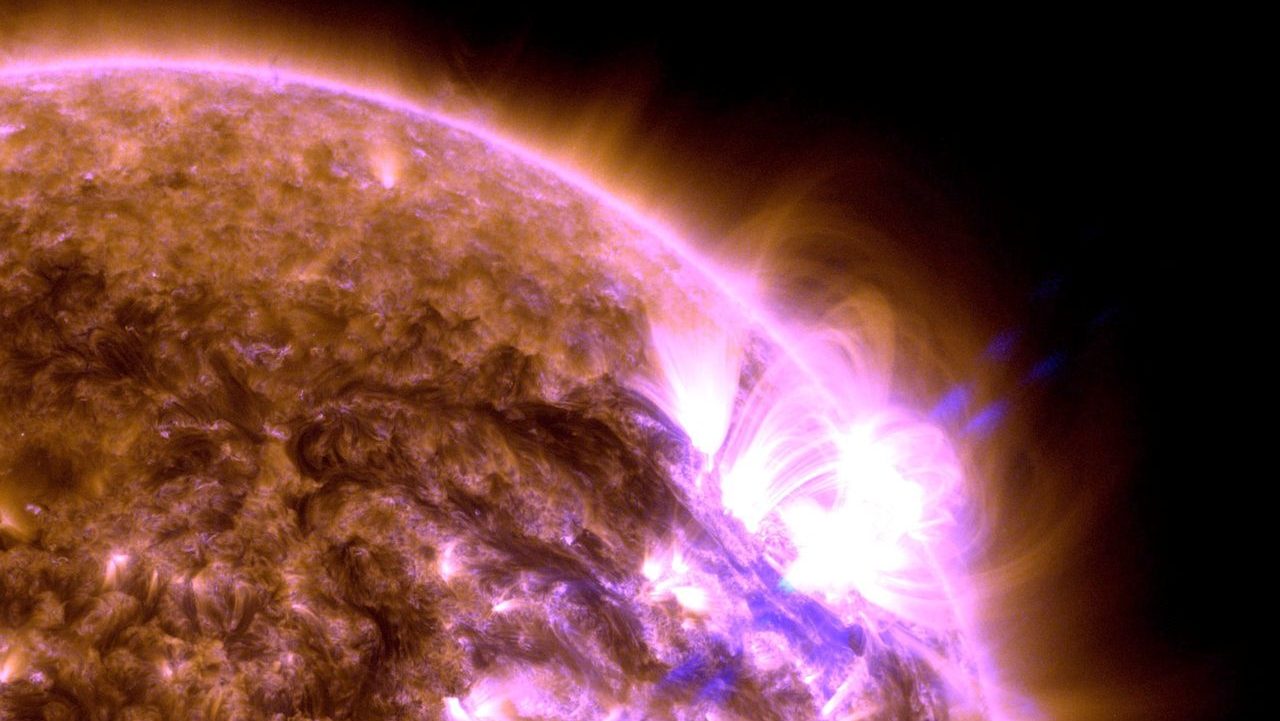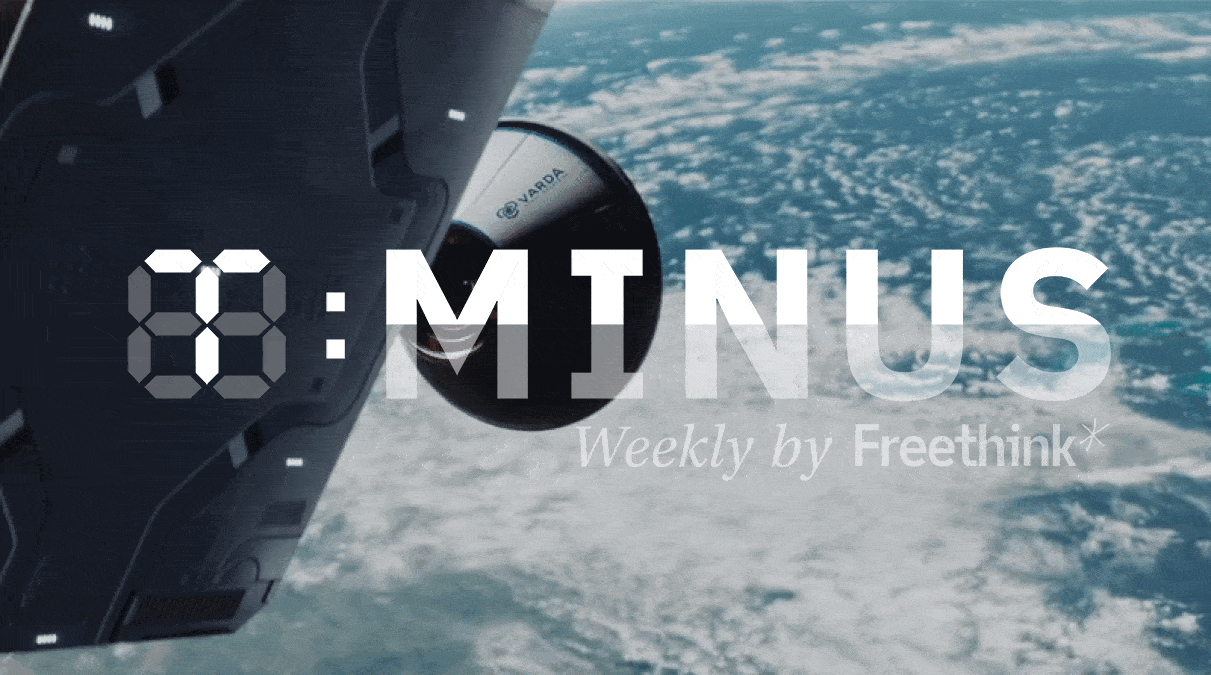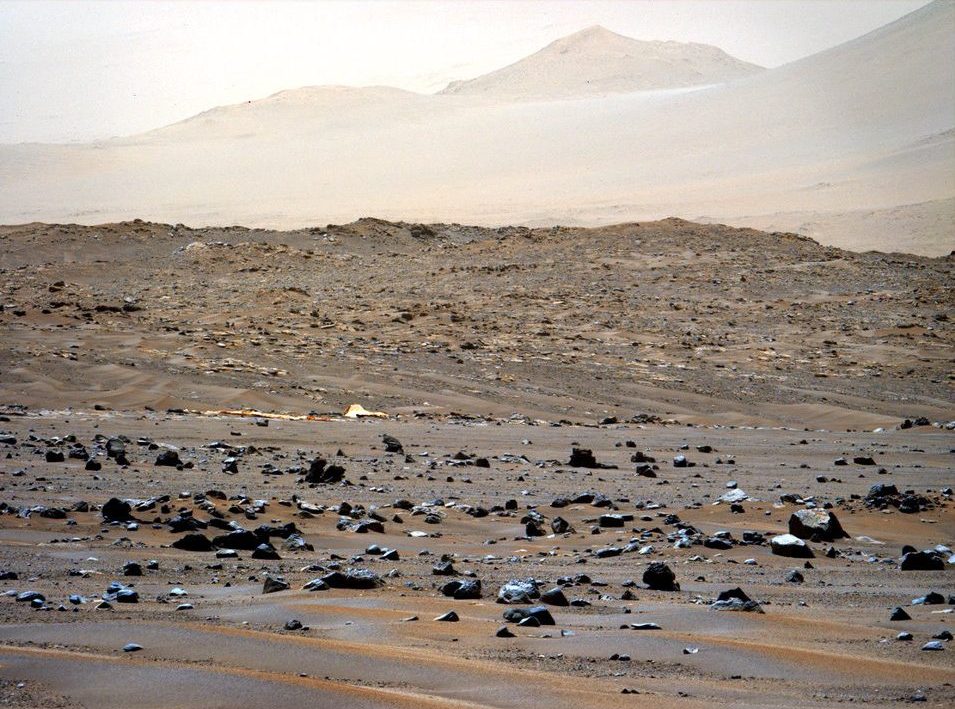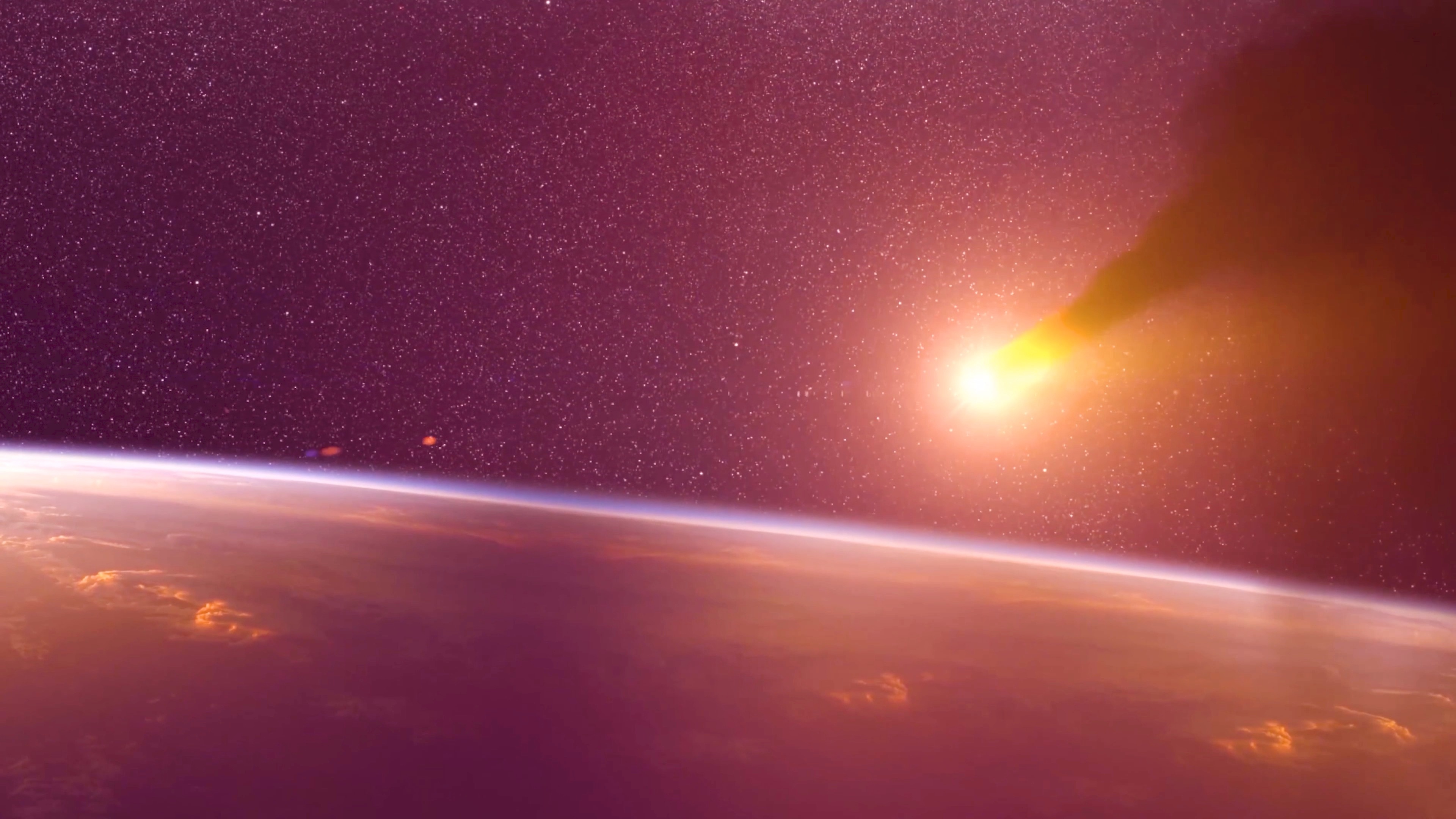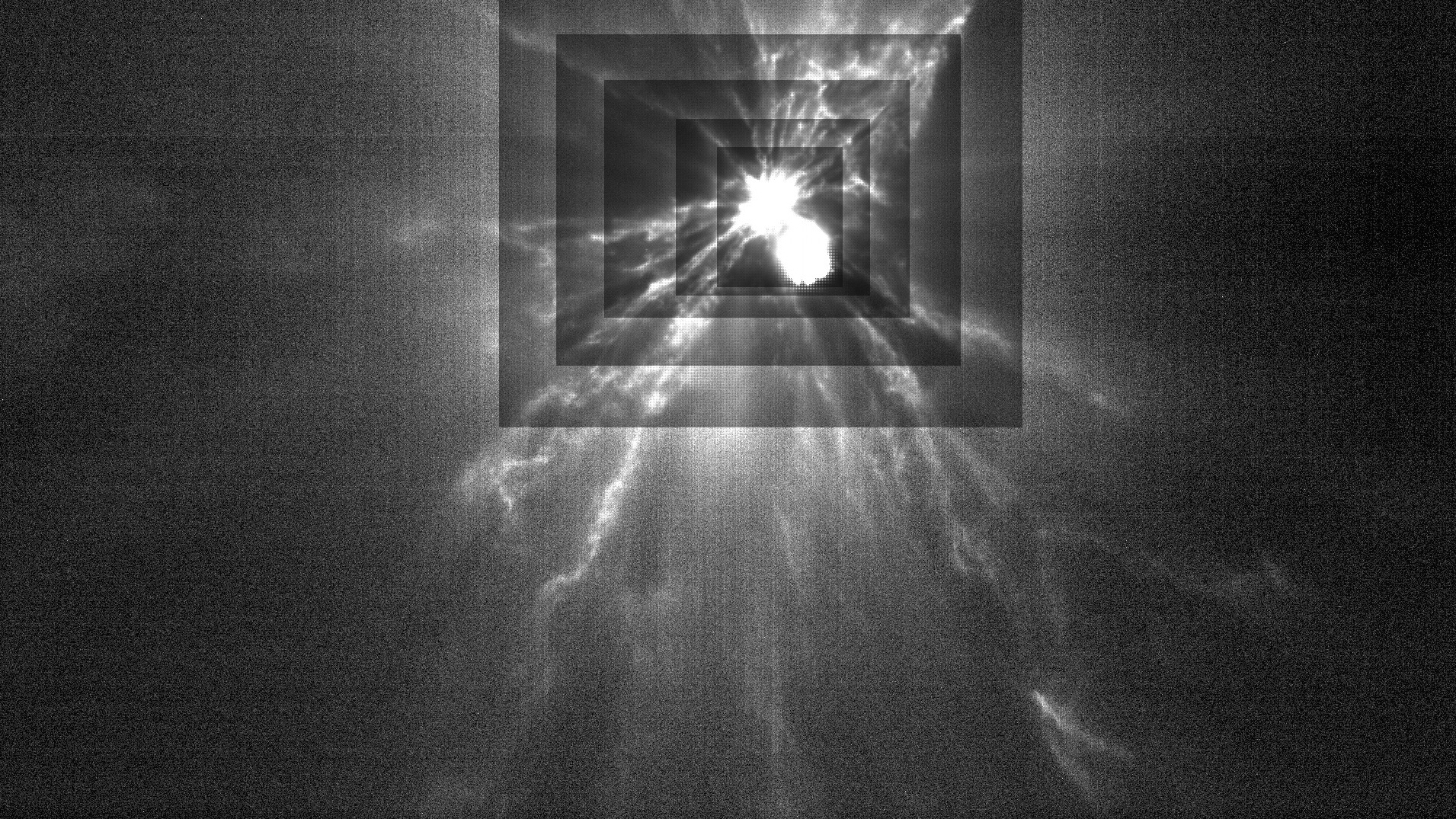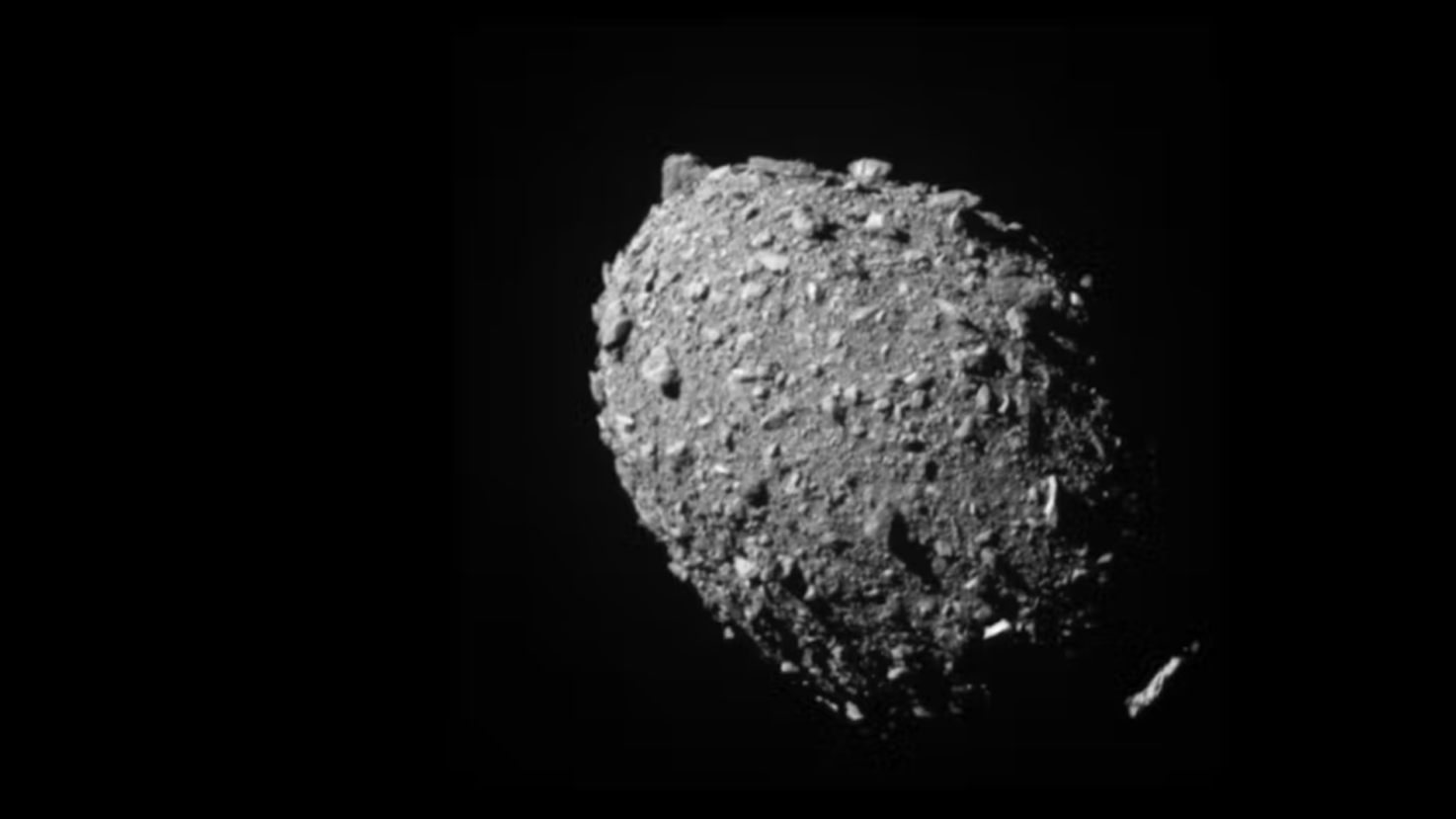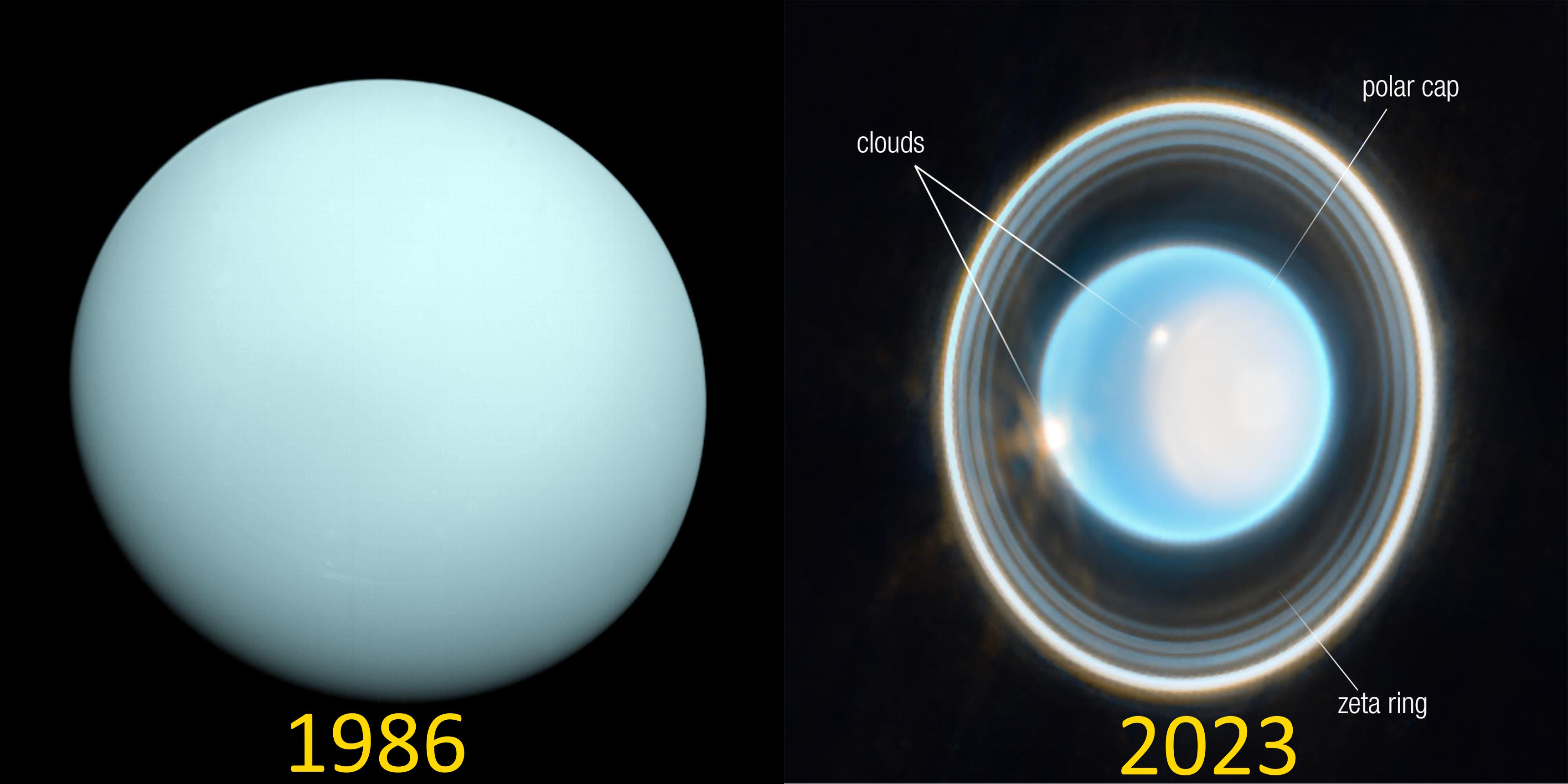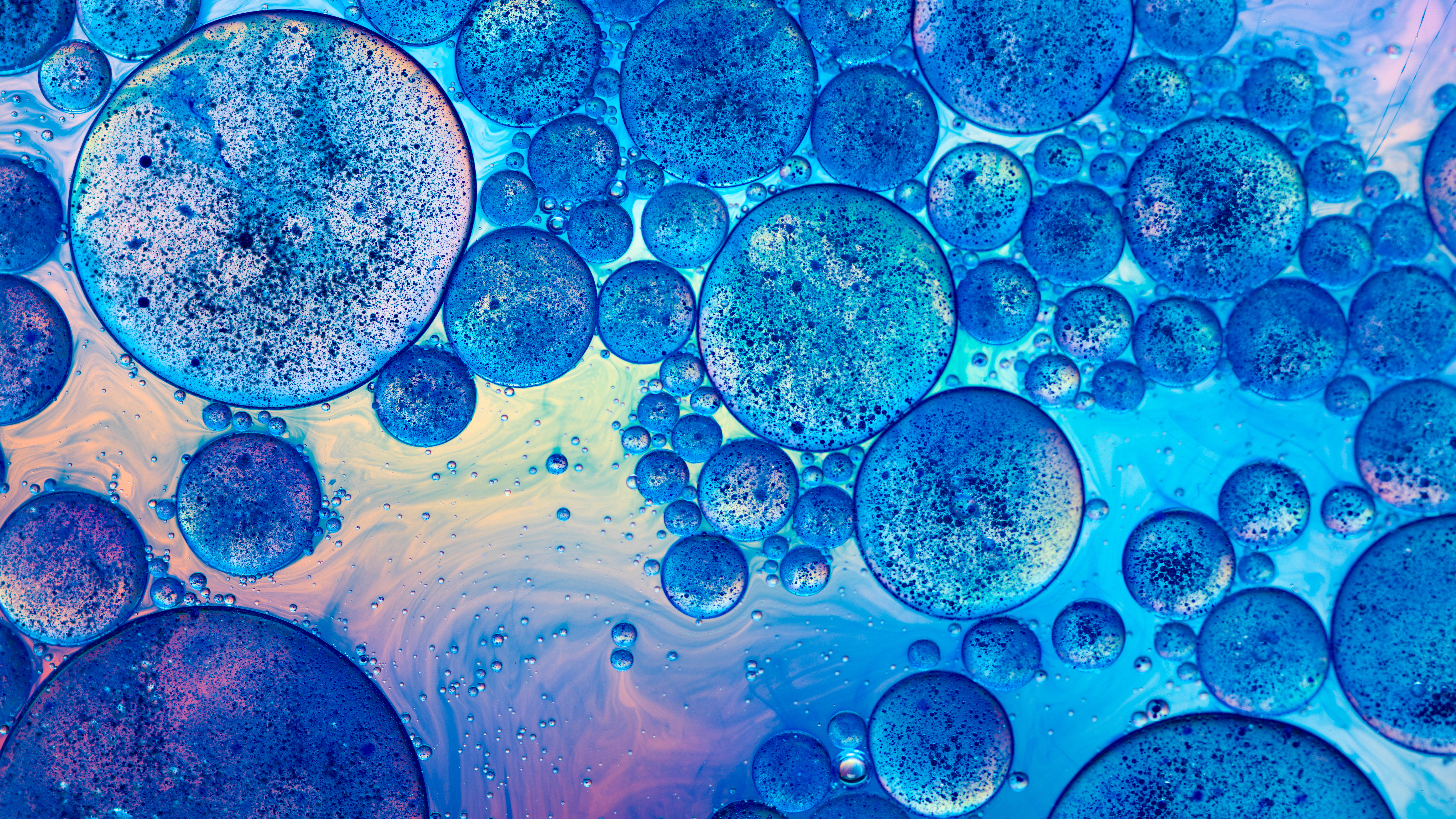MIT Scientist Jason Soderblom describes how the NASA mission will study the geology and composition of the surface of Jupiter’s water-rich moon and assess its astrobiological potential.
Search Results
You searched for: nasa
If the past is any guide, things are going to take off quickly.
It is humanity’s biggest step yet into the Solar System.
This research team is working out how to detect extraterrestrial cells in the liquid water ocean hidden beneath Enceladus’s icy crust.
This beautiful JWST image of Wolf-Rayet star WR 124 has been called a “prelude to a supernova” by NASA. That might be entirely wrong.
Sophisticated rovers have found the conditions for Martian life, as well as the building blocks of life, but never life itself. AI can help.
See the 3 biggest space stories from October 16-22, 2023.
“The physics of the universe doesn’t predict the emergence of biology.” Glasgow chemist Lee Cronin explains how inanimate matter becomes evolutionary:
▸
7 min
—
with
The existence of another watery world in the outer solar system may offer clues to how such seas form — and hope for another spot to search for life.
Meanwhile meteorite hunters rushed to Berlin to find this most rare space rock.
Well-preserved ancient plants and other finds at the Clarkia fossil beds hint at what kind of evidence any Martian life may have left behind.
Following the advent of human space flight, NASA began naming missions after children of Zeus.
There are billions of potentially inhabited planets in the Milky Way alone. Here’s how NASA will at last discover and measure them.
Thanks to the Coriolis force, hurricanes never cross the equator.
It’s not about fairness. It’s about using every possible advantage.
This technological feat changes our cosmic history.
In December 1968, human beings made their first-ever journey to the Moon aboard Apollo 8. Their most important discovery? Planet Earth.
NASA was dangerously cavalier about the dangers of the shuttle launches.
There are 40 billion billion black holes in the universe. Here’s how our Solar System stacks up against ten of them.
Northern lights in the American South, clusters of huge geomagnetic storms—the Sun is throwing a tantrum right on schedule.
Freethink’s weekly countdown of the biggest space news, featuring a stranded space factory, Jeff Bezos’ new moon lander, and more.
Yes, NASA’s Perseverance rover found organics on Mars. So did Curiosity. Unfortunately, that doesn’t mean anything in the search for life.
Spaceguard shows that we can manage risks to the extinction of humanity — if only we put our mind to it.
You can’t throw a DART at everything in space.
The DART mission tested whether it’s possible to deflect an asteroid by crashing something into it.
Voyager 2 flew past Uranus in 1986, finding a bland, featureless world. Now, in 2023, JWST’s sights are similar. There’s a reason for that.
Physicists have increasingly begun to view life as information-processing “states of matter” that require special consideration.
The costs of such an endeavor would be extremely high, while the potential payoffs would be uncertain.
Recent controversies bode ill for the effort to detect life on other planets by analyzing the gases in their atmospheres.
